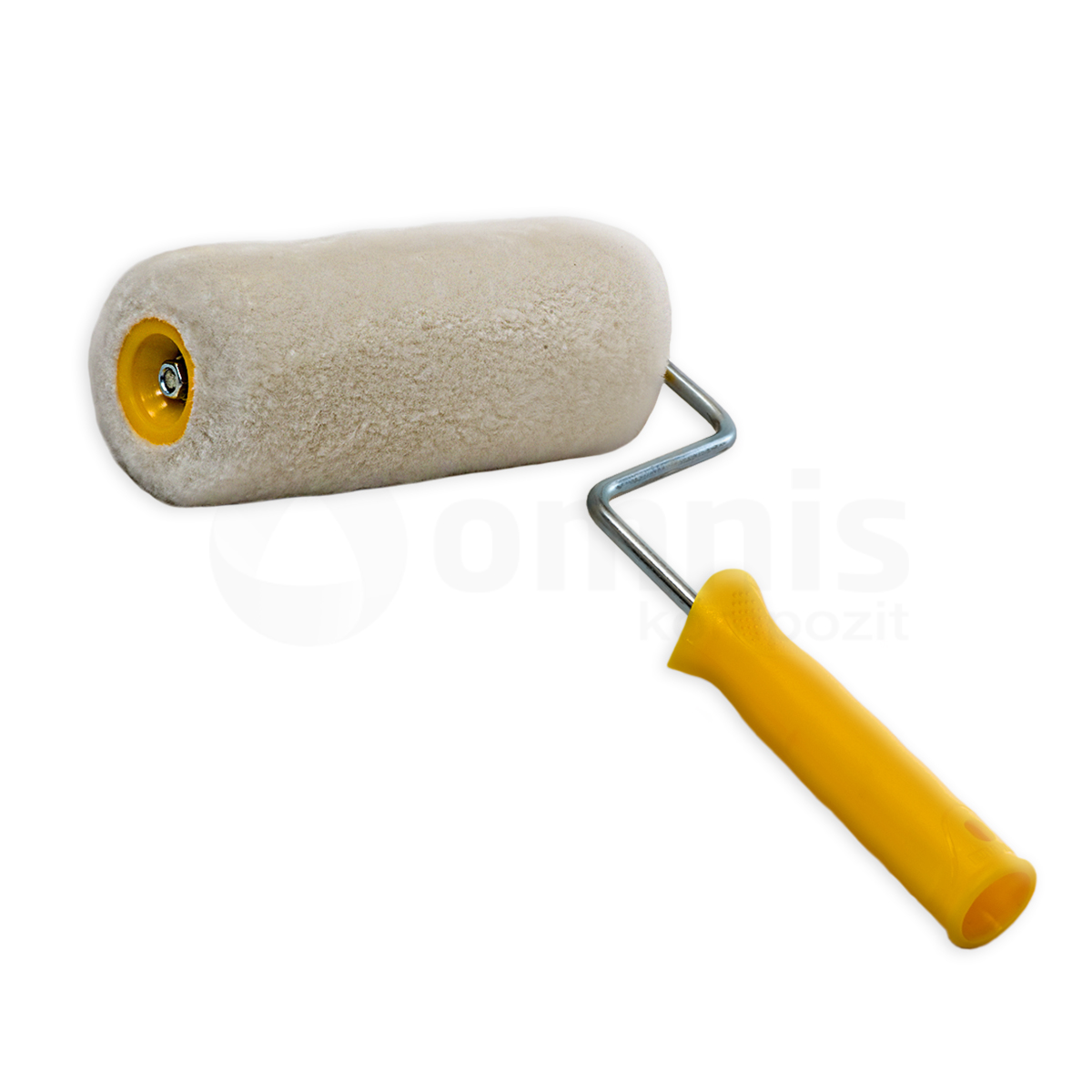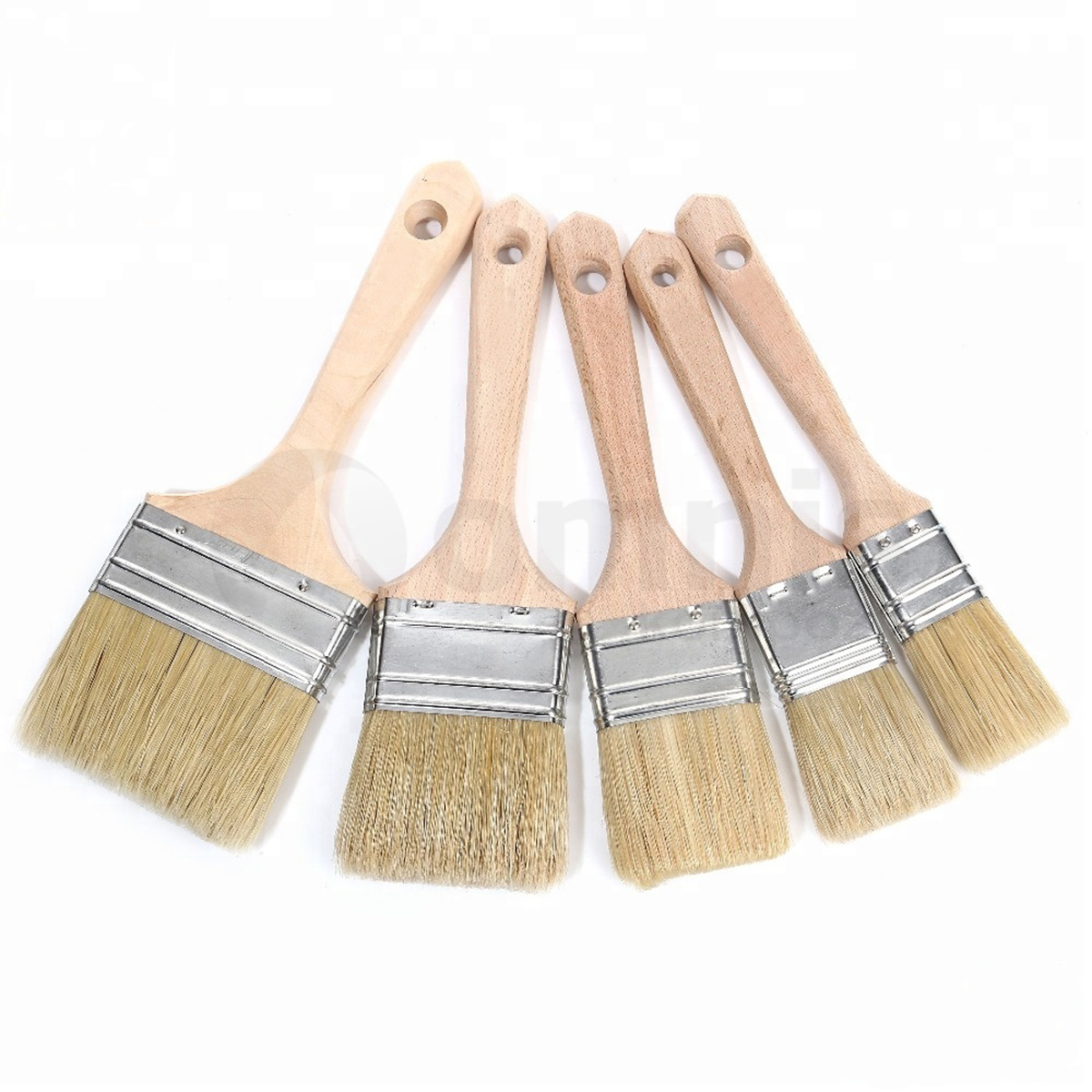Brushes and Jelly Rolls
A fleece roll is a specialized, versatile tool used in the composites industry, designed to facilitate the application of resin and ensure uniform distribution across surfaces. This essential tool, often used alongside resin rollers, laminating rollers, and application rollers, is crafted from high-quality, absorbent materials capable of holding and releasing resin or other composite materials effectively. The fleece roll is integral to achieving optimal surface preparation and finish, contributing significantly to the quality and integrity of the final composite product. Its ability to provide consistent, controlled application makes it a staple in the manufacturing process, ensuring efficiency and precision in composite fabrication.

Jelly Rolls
View Product
Resin Brushes
View ProductHow are fleece rolls used in composite manufacturing?
In composite manufacturing, laminating rollers are employed to apply and distribute resin evenly over the reinforcement material. Working in tandem with resin rollers and laminating rollers, application rollers ensure that the resin penetrates the fibers thoroughly, eliminating air pockets and ensuring a uniform coat. This process is crucial for achieving optimal adhesion and structural integrity in the final product. Application rollers may also be used to smooth out the resin, enhancing the finish. The use of application rollers in composite manufacturing streamlines the laminating process, contributing to higher productivity and superior quality in the end products.
What are the main advantages of using fleece rolls?
The main advantages of using laminating rollers include improved resin distribution, reduced air entrapment, and enhanced final product quality. Fleece rolls, in conjunction with application rollers and laminating rollers, allow for a more controlled and efficient application of resin, ensuring that it thoroughly saturates the composite material. This leads to a reduction in voids and defects, significantly enhancing the structural integrity and performance of the composite product. Moreover, the efficiency and ease of use provided by fleece rolls help to streamline the manufacturing process, reducing labor and material costs.
Can fleece rolls be used with all types of resins and composites?
Yes, laminating rollers are designed to be compatible with a wide range of resins and composite materials. Whether working with epoxy, polyester, or vinyl ester resins, fleece rolls, along with resin rollers and laminating rollers, can efficiently apply and distribute the resin across various substrates. Their versatility makes them suitable for use in a variety of composite manufacturing processes, including hand lay-up, vacuum bagging, and infusion techniques. However, selecting the appropriate fleece roll, resin roller, or laminating roller for the specific type of resin and composite material is essential to ensure optimal performance and results.
How do fleece rolls contribute to the quality of the final composite product?
Fleece rolls contribute significantly to the quality of the final composite product by ensuring even distribution of resin, minimizing air bubbles, and promoting thorough saturation of the reinforcement material. By working seamlessly with resin rollers and laminating rollers, fleece rolls help achieve a uniform resin coat, essential for optimal mechanical properties and aesthetic appeal. The result is a composite product with enhanced strength, durability, and surface finish, reflecting the high standards of manufacturing excellence.
Are there different types of fleece rolls available for specific applications?
Yes, there are different types of resin rollers available, each designed for specific applications and materials. Variations in fiber type, density, and absorbency allow manufacturers to select the ideal fleece roll, resin roller, or laminating roller to match the requirements of their project. Whether for use with high-viscosity resins, intricate molds, or specific composite fabrics, there are application rollers tailored to meet the unique demands of each application, ensuring precision and efficiency in the composite manufacturing process.
How do you select the right fleece roll for a particular project?
Selecting the right laminating roll for a particular project involves considering several factors, including the type of resin used, the complexity of the mold, and the desired finish of the final product. Compatibility with resin rollers and laminating rollers, as well as the fleece roll’s absorbency and fabric characteristics, should be evaluated to ensure optimal resin application and distribution. Consulting with experts or suppliers can provide valuable guidance in choosing the most appropriate fleece roll, resin roller, or laminating roller for your specific needs, ensuring the success of your composite manufacturing project.
Can laminating rollers be cut or customized to fit specific shapes and sizes?
Yes, they can be cut or customized to fit specific shapes and sizes, offering flexibility and convenience in composite manufacturing. This adaptability ensures that resin rollers, laminating rollers, and application rollers can be used effectively across a wide range of molds and components, regardless of their complexity or dimensions. Customizing resin rollers to match the specific requirements of a project can enhance efficiency, reduce waste, and ensure a seamless, high-quality application of resin, contributing to the excellence of the final composite product.
How do fleece rolls affect the curing process of composites?
Fleece rolls, in conjunction with resin rollers and laminating rollers, play a pivotal role in ensuring the curing process of composites is efficient and effective. By facilitating the uniform application of resin across the composite material, resin rollers help establish an optimal environment for curing. A consistent resin layer achieved through the use of fleece rolls and application rollers is crucial for uniform curing, which is essential for achieving the desired mechanical properties and aesthetics of the final product. Proper use of fleece rolls can significantly reduce the presence of air bubbles and voids, which can otherwise lead to weak spots within the composite material. This not only enhances the structural integrity of the cured composite but also ensures that the finish is smooth and uniform. By contributing to a more controlled and thorough curing process, resin rollers help manufacturers produce composites of superior quality and durability.
What are the best practices for storing and handling fleece rolls?
The best practices for storing and handling resin rollers include keeping them in a clean, dry, and temperature-controlled environment to preserve their quality and performance. It is crucial to protect fleece rolls from contamination with dust, moisture, or other substances that could compromise their ability to evenly distribute resin. When handling fleece rolls, as well as resin rollers, laminating rollers, and application rollers, it is advisable to wear gloves to prevent oils from the skin from transferring onto the materials, which could affect the composite manufacturing process. They should be stored in their original packaging or covered with a protective material until ready for use to maintain their integrity. Additionally, avoid placing heavy objects on top of fleece rolls to prevent compression or deformation. Following these storage and handling guidelines ensures that fleece rolls maintain their optimal performance, contributing to the efficiency and success of composite manufacturing projects.


